Engine overheating is a serious problem that can swiftly cause catastrophic damage to the engine. Engines, being a thermal device, are subject to contraction when cold and expansion as their temperature rise.
Engineers have designed engines to operate at approximately 195 degrees F coolant temperature. At this controlled temperature, all the parts have expanded to predetermined levels and engines are at peak efficiency.
When the temperature continues to rise, expansion continues as well. When an engine begins to overheat, the cylinder heads can warp, compromising its gasket. This causes a loss of compression through the blown head gasket allowing the cooling system to be over-pressurized on the compression stroke of the piston and allowing coolant to enter the combustion chamber on the intake stroke of the piston. The source of overheating can be electrical or mechanical. If the check engine light did not illuminate, then the problem is likely mechanical in nature.
Symptoms
- Engine overheats when stationary
- Engine overheats when at cruise speed
- Rattling noise in the engine
- Noticeable coolant leak on the ground
- Check engine light on displaying a corresponding code
Causes
- Engine cooling fan failure
- Fan relay failure
- Fan electrical harness failure
- Coolant temperature sensor failure (not all manufacturers use the same name, keep it generic)
- PCM / ECM (powertrain control module / Engine Control module) failure
- Stuck thermostat
- Coolant leak
- Blocked or restricted/low-flow radiator
- Water pump failure
Diagnose and Repair When Engine Trouble Code is Present
Most vehicles with electric fans will have two fans – the main engine cooling fan and a second, which cools the A/C condenser and acts as an auxiliary engine-cooling fan when needed. The main engine fan is the one to concentrate on.
- Look for obvious problems such as debris or anything covering the front of the radiator.
With the key out of the ignition and the engine could spin the fan with your finger. If it is frozen or difficult to turn, replace it. - Check the electrical connection at the fan. Pull it apart and look for corrosion or bent or missing pins.
Take the lid off the fuse box. Look on the lid for the location of the fan fuses and relays. If a diagram is not present, refer to the owner’s manual. Your car may have more than one fuse box. Check your owner’s manual for the locations. - Replace any blown fan fuses.
- Engine fan relays: A relay is just like a remote light switch: there is constant power to one terminal and switched power to the PCM terminal. When the PCM wishes to turn the fan on, it grounds the switched power terminal, causing the relay to close the circuit to the fan.
- Use a test light to locate the terminal with constant power. Look on the side of the relay for its wiring diagram. Jump the power terminal with the opposite side to the electric fan. The fan should come on. If it doesn’t, use an ohmmeter and check the wiring from the relay box to the fan for continuity. If there is continuity, the fan is bad. If not the harness is bad. Another way to test the fan is the power it directly to a 12-volt power source.
- Turn the key on and check for the switched power terminal. Make a note of its location on the relay. Jump this terminal to its terminal on the relay and jump the ground side of the relay to a good ground.
- The relay must click when activated.
- Use an ohmmeter and make sure there is continuity between the fan terminals indicating a closed circuit. Check all relays in the same fashion. Replace any defective ones.
- Check the CTS for operation. Pull the electrical connector off. The engine must be cold. Use an ohmmeter on the 200,000 scale. Probe the CTS terminals. The reading will be approximately 2.5.
- Start the engine and allow it to warm up. Then shut it off. Probe the terminals again. The reading will be much higher if the CTS is working. The exact readings are not critical since you just want to know if it is functioning. For exact readings, refer to the service manual for your vehicle. If the readings did not change or changed very little, replace the CTS.
Without A Check Engine Light
- Check the coolant level. If it’s low, fill it with the appropriate mixture of coolant and distilled water and install a radiator pressure tester. Pump it to 17 lbs and look for coolant leaks. If the leak is coming from under the timing belt cover, the water pump could be bad.
- If there are no leaks and the coolant level is good, remove the radiator cap and start the engine. Watch the temperature — when it gets close to 195 degrees F the thermostat will open and coolant can be seen flowing through the radiator.
- A “No flow” could indicate a closed thermostat, broken water pump drive belt, or another mechanical issue with the pump.
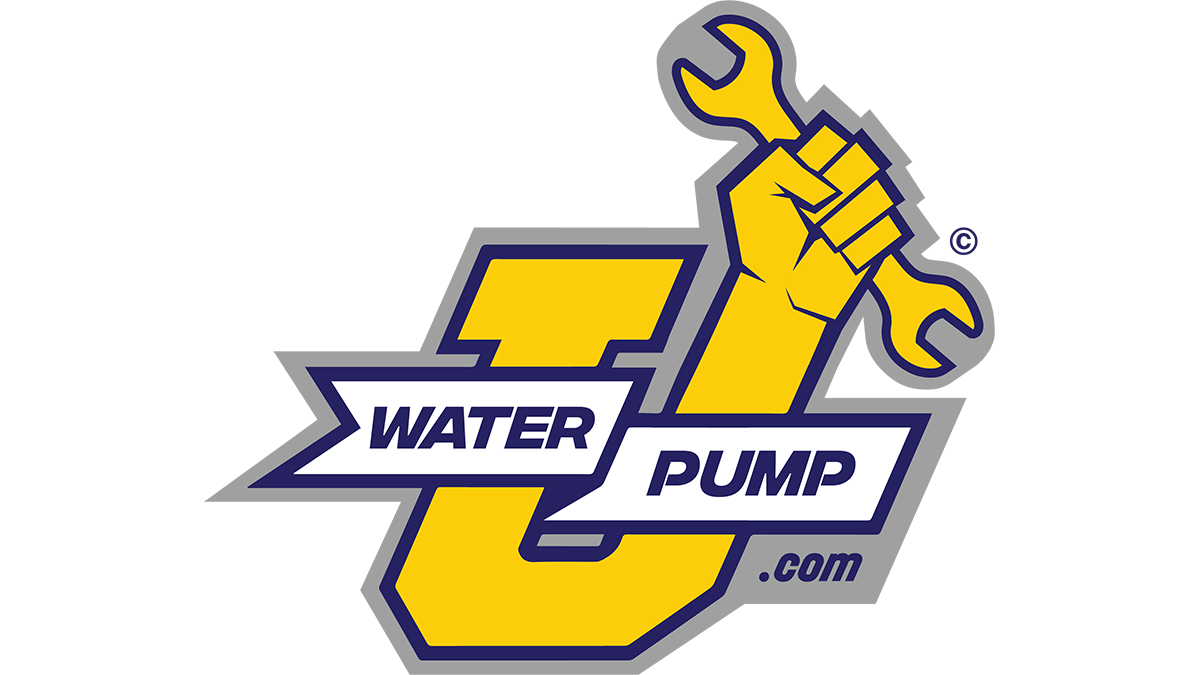
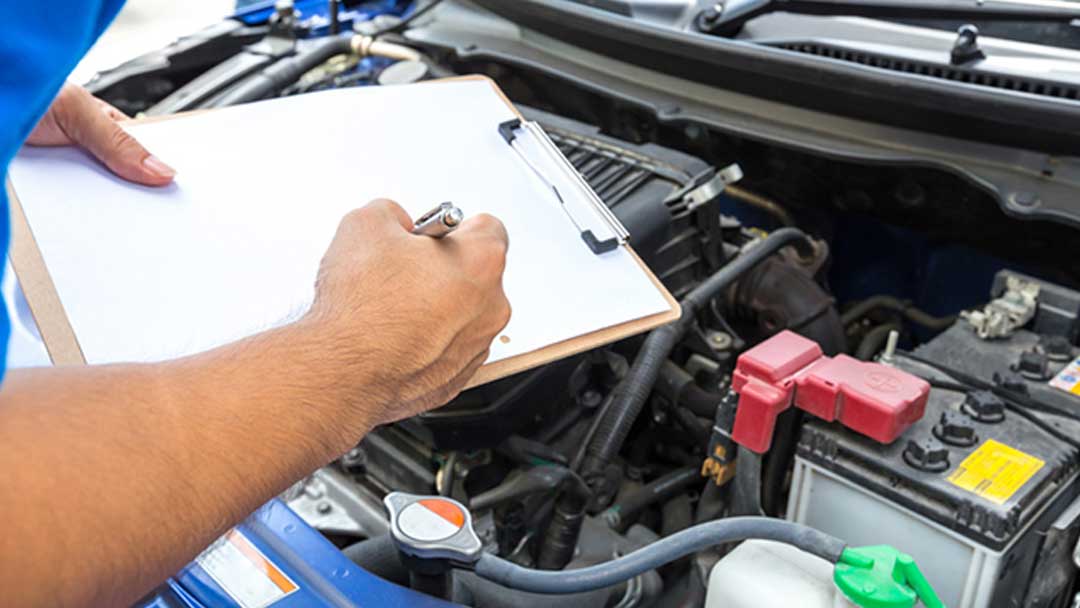

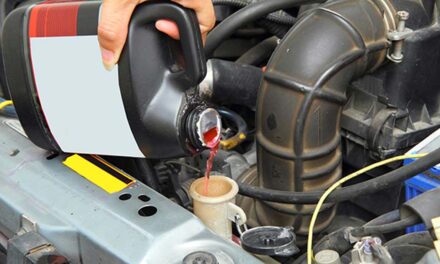
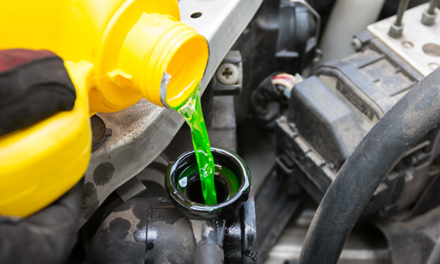
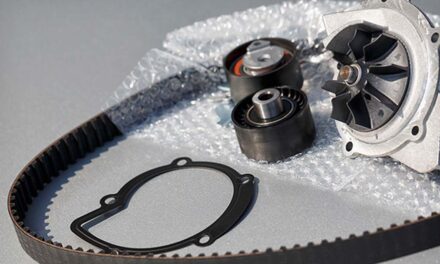



![[Vehicle Fitment-1]:Compatible with Chevrolet Avalanche 1500 2002-2006, Express 1500 2003-2006, Express 2500 2003-2006, Express 3500 2003-2006, Silverado 1500 1999-2006, Silverado 2500 1999-2004, Silverado 2500 HD 2001-2006, Silverado 3500 2001-2006,...](https://m.media-amazon.com/images/I/51trZsbFCCL._SL100_.jpg)